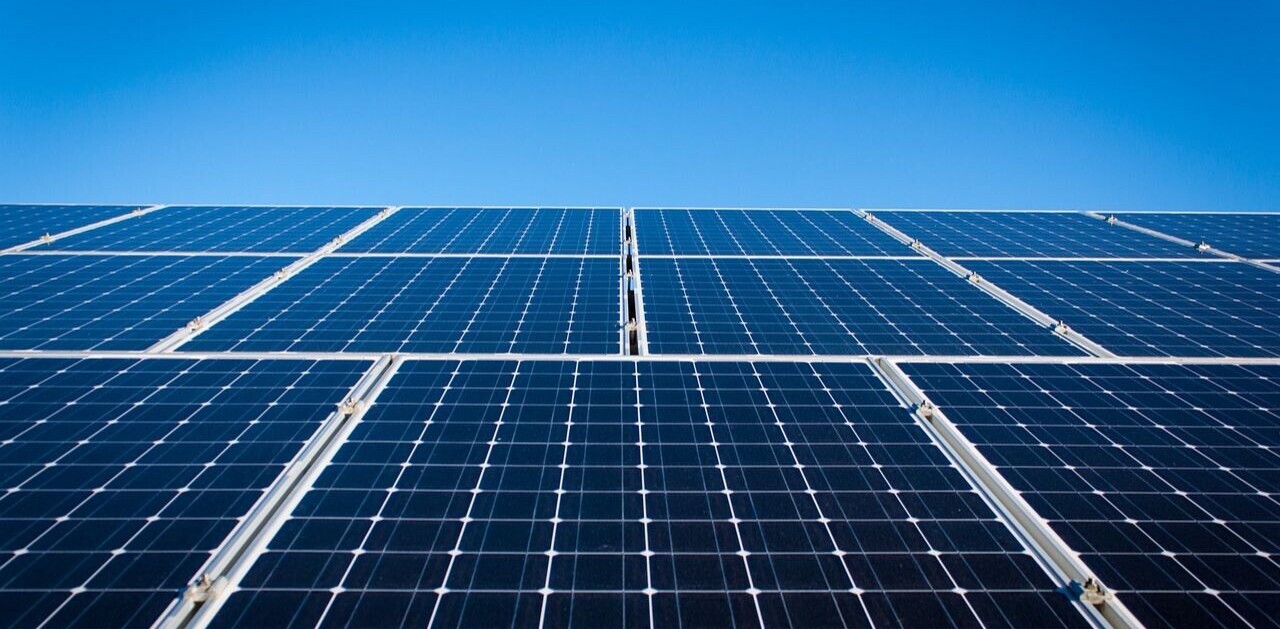
According to the International Energy Association (IEA), the buildings sector in 2021 was responsible for around one-third of global energy and process-related CO2 emissions.
Specifically, 6% of these emissions resulted from the manufacture of cement, steel, and aluminium used for construction; 8% from the use of fossil fuels; and 19% from the generation of electricity and heat needed to maintain them.
This makes one thing clear: more attention needs to be paid to making our buildings greener and more sustainable.
Thankfully, 2023 will be the year when we start taking some significant steps towards this goal.
“The building sector has not received nearly the amount of attention that it deserves given the havoc it wreaks on the environment,” Talia Rafaeli, Partner at KOMPAS, a Copenhagen-based early-stage VC firm, told TNW.
“Next year, I think that the quicker we provide financing to scale sustainable technologies for the built environment, the faster we reach economies of scale to allow for widespread adoption,” she added.
Rafaeli specified that the investments should focus on the following: lower-emission concrete, green steel, cooling technologies to improve HVAC systems (heating, ventilation, and air conditioning), and heat pumps.
Optimistically, we’re already seeing European companies developing projects on lower-emission concrete and green steel production.
Among them, is the Finnish Betolar, a business is creating an alternative to cement-based concrete. There are also Swedish manufacturers H2 Green Steel and SSAB, which are developing hydrogen-based green steel solutions.

Yet, there is a lot to be done with pre-existing buildings. Dr Aidan Bell, co-founder of UK-based EnviroBuild maintains this is a “significant” step which should start with ensuring a house is well-insulated. “Roof and wall cavity insulation [in particular is] very cost-effective,” Bell told TNW.
There are also additional technologies for those who have already done the basics, he added, telling us about Airex a type of smart air brick that reduces heat loss.
Bell foresees two more trends picking up in 2023: the increased installation of solar PV panels on rooftops and the use of smart meters, which enable “better awareness of electricity peaks and troughs.” Even simple steps such as using machines overnight can assist in lowering peak demand on the national grid, he noted.
A way of encouraging this balance of energy consumption are flexibility services. Chantel Scheepers — CEO of OakTree Power — believes these are likely to become mainstream in 2023. The goal os these schemes is to offer consumers financial compensation for using less energy during peak times, she told TNW.
Scheepers noted that they’re gaining popularity in cities like London, where they’re being adopted by multinational companies, such as the Financial Times and Pinsent Masons — showing their “enormous potential” to optimize energy usage.
Ultimately, making our buildings more sustainable won’t happen in 2023 alone, but every small action we take is crucial in the long term — and there’s no time like the present to begin.
Get the TNW newsletter
Get the most important tech news in your inbox each week.




